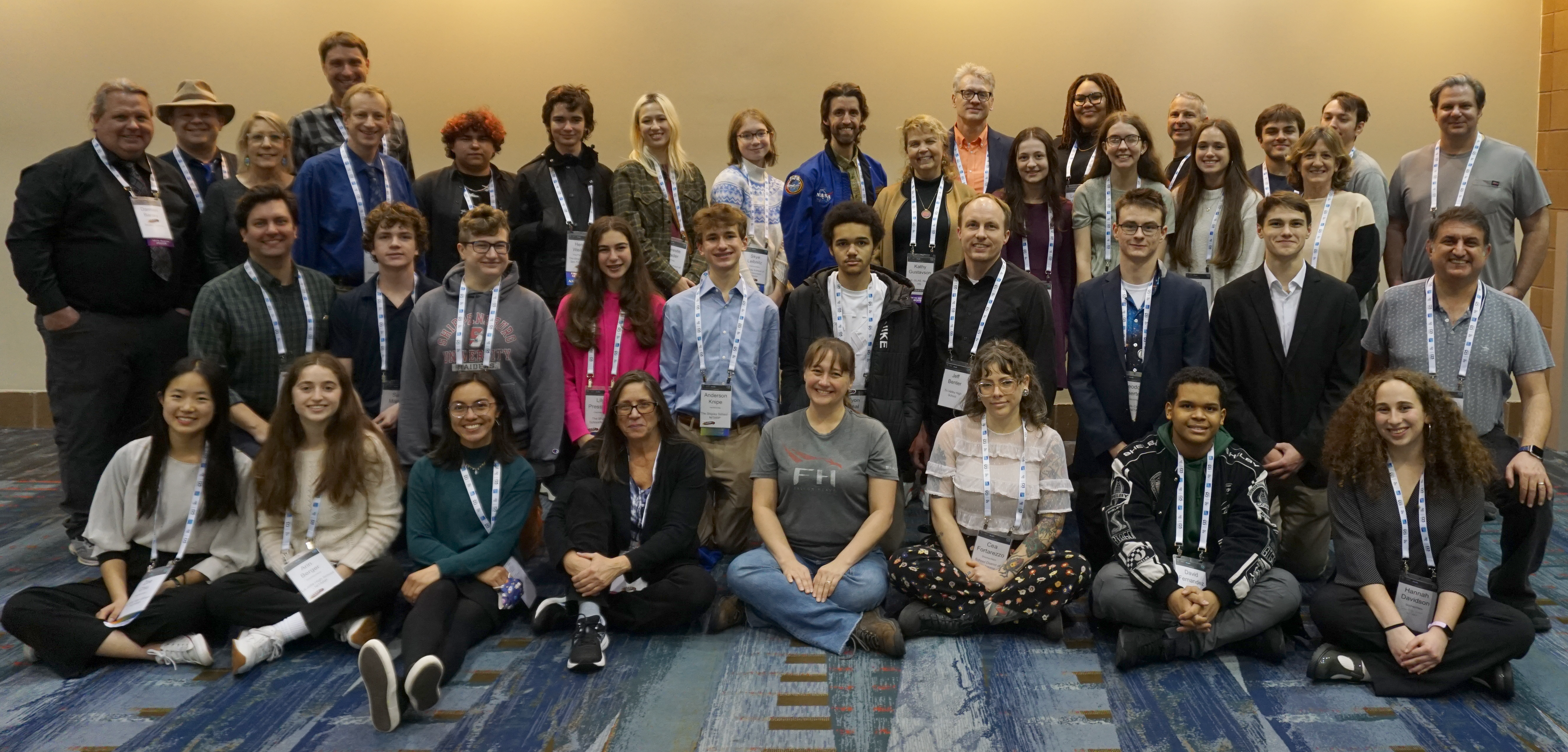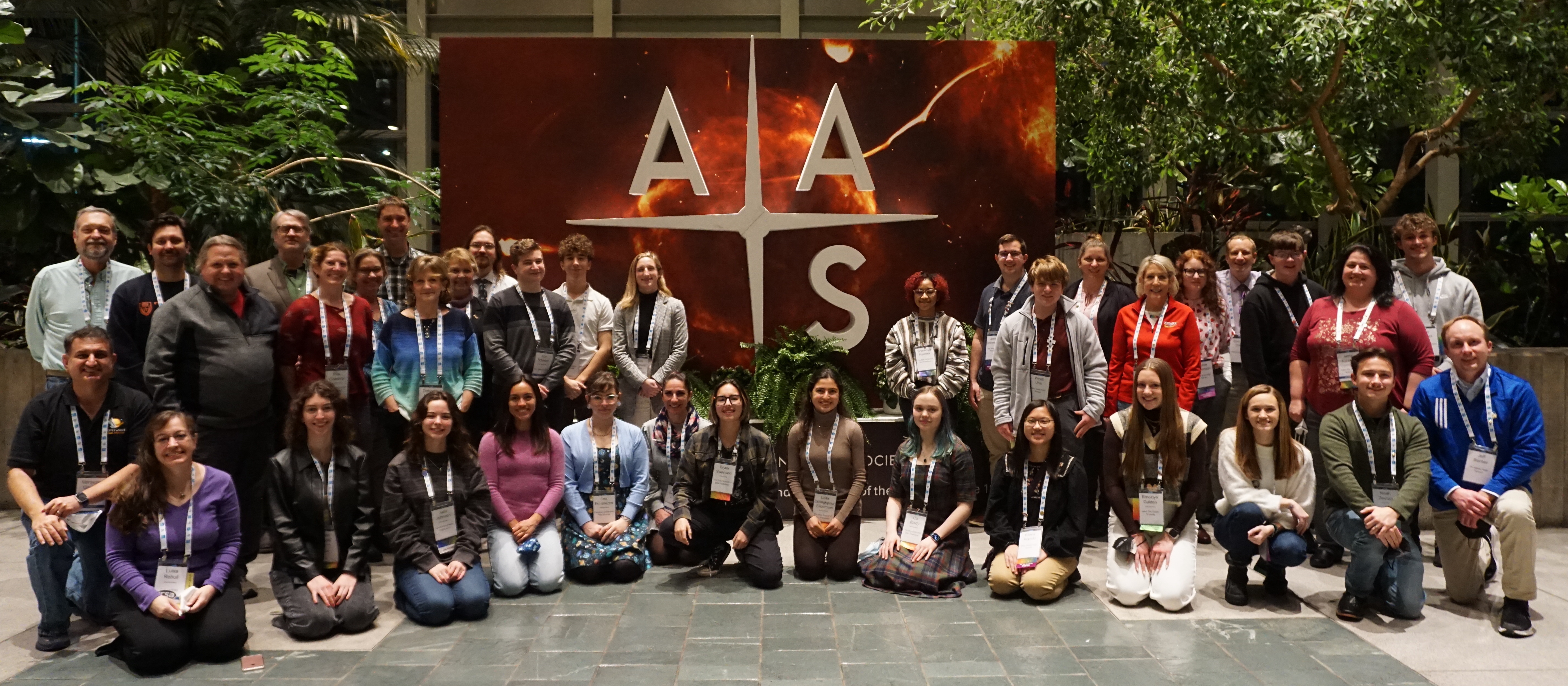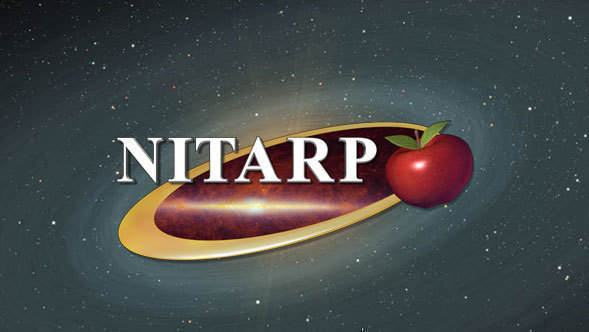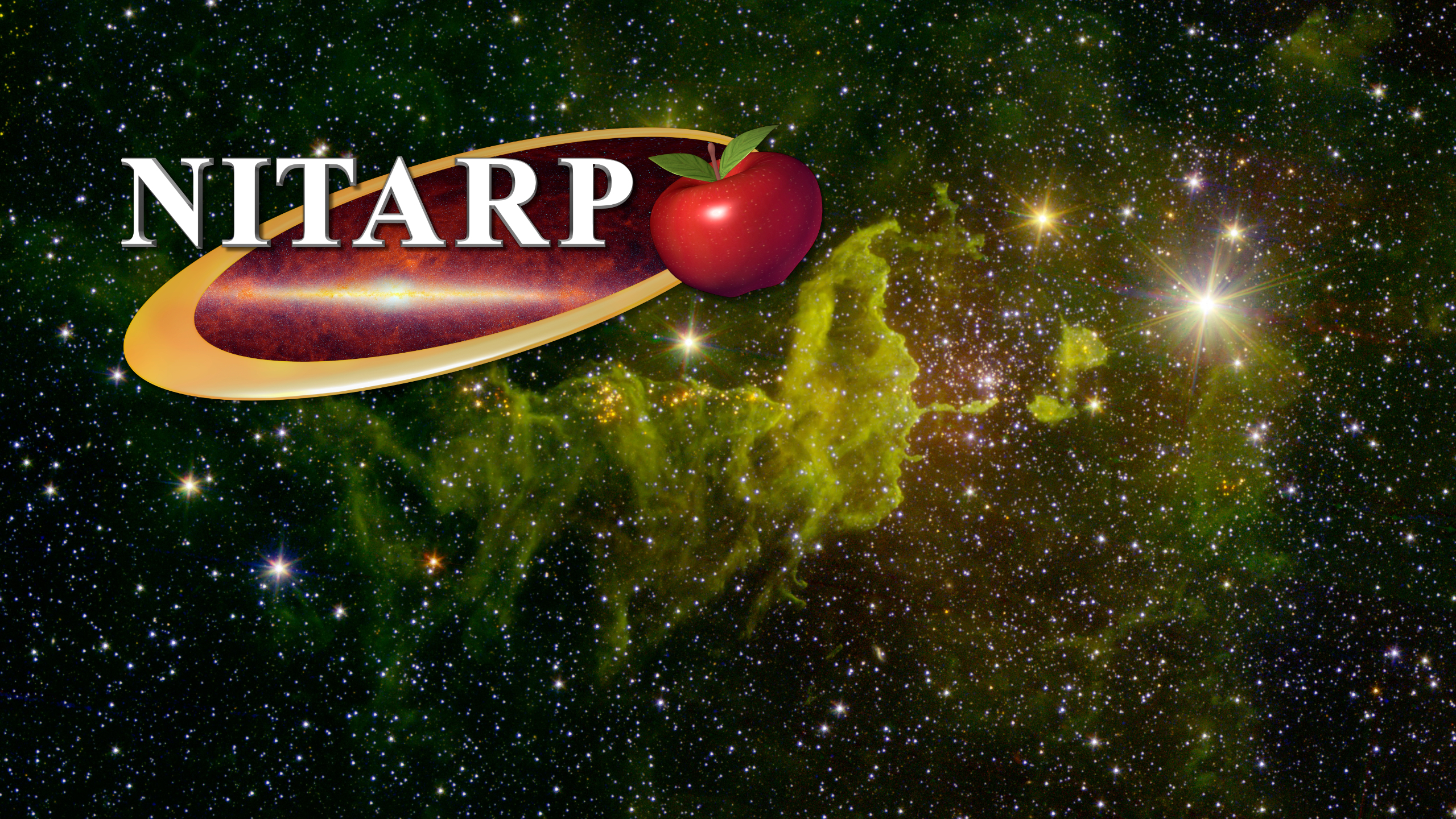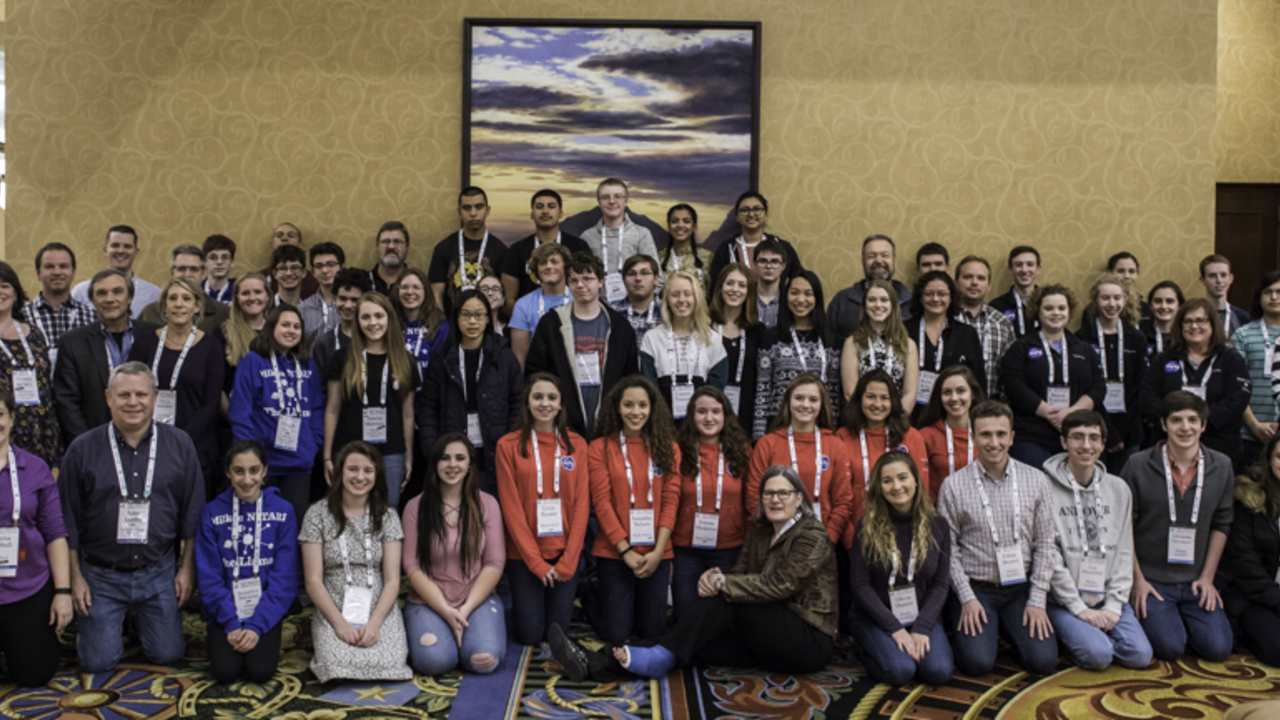
NITARP
NASA/IPAC Teacher Archive Research Program
Overview: NITARP, the NASA/IPAC Teacher Archive Research Program, is a mechanism for getting authentic research experiences ultimately into classrooms across the United States. The mission of NITARP is to contribute to the fundamental NASA goals of inspiring and motivating students to pursue careers in science, technology, engineering, and mathematics (STEM) as well as to engage the public in shaping and sharing the experience of exploration and discovery.
NITARP, the NASA/IPAC Teacher Archive Research Program, is a mechanism for getting authentic research experiences ultimately into classrooms across the United States. The mission of NITARP is to contribute to the fundamental NASA goals of inspiring and motivating students to pursue careers in science, technology, engineering, and mathematics (STEM) as well as to engage the public in shaping and sharing the experience of exploration and discovery.
The program was originally started by the Spitzer Education and Public Outreach team in mid-2004 and was called the Spitzer Space Telescope Research Program for Teachers and Students. It was managed by the Spitzer Science Center at IPAC and ran successfully until 2009, when it received fresh funding and its current name.
NITARP provides educators (and their students) with an authentic research experience in astronomy by partnering them with a mentor professional astronomer for a year-long original research project using NASA’s vast archives of astronomical data from space- and ground-based telescopes hosted at IPAC. Throughout the year, educators (and students) meet with their mentors several times. At the end of the program, each NITARP team produces at least two posters for the AAS: one on science and one on education. Many of the NITARP projects also result in the publication of a peer-reviewed article. Ultimately, educators leverage their experience as part of NITARP to provide professional development for their colleagues in their local school districts.
IPAC manages all aspects of NITARP. Starting with the selection process of both the scientists and teachers participating in the program, our team
-
provides technical training and tools to facilitate access to astronomical data hosted by IRSA
-
manages all public relations activities for NITARP (press releases, social media, website)
-
organizes all visits for NITARP participants
-
runs a day-long kick-off workshop the day before the winter AAS starts.
- runs an evening “retrospective” with advice on how the program works, collected from the graduating class and directed at both us and the new class.



